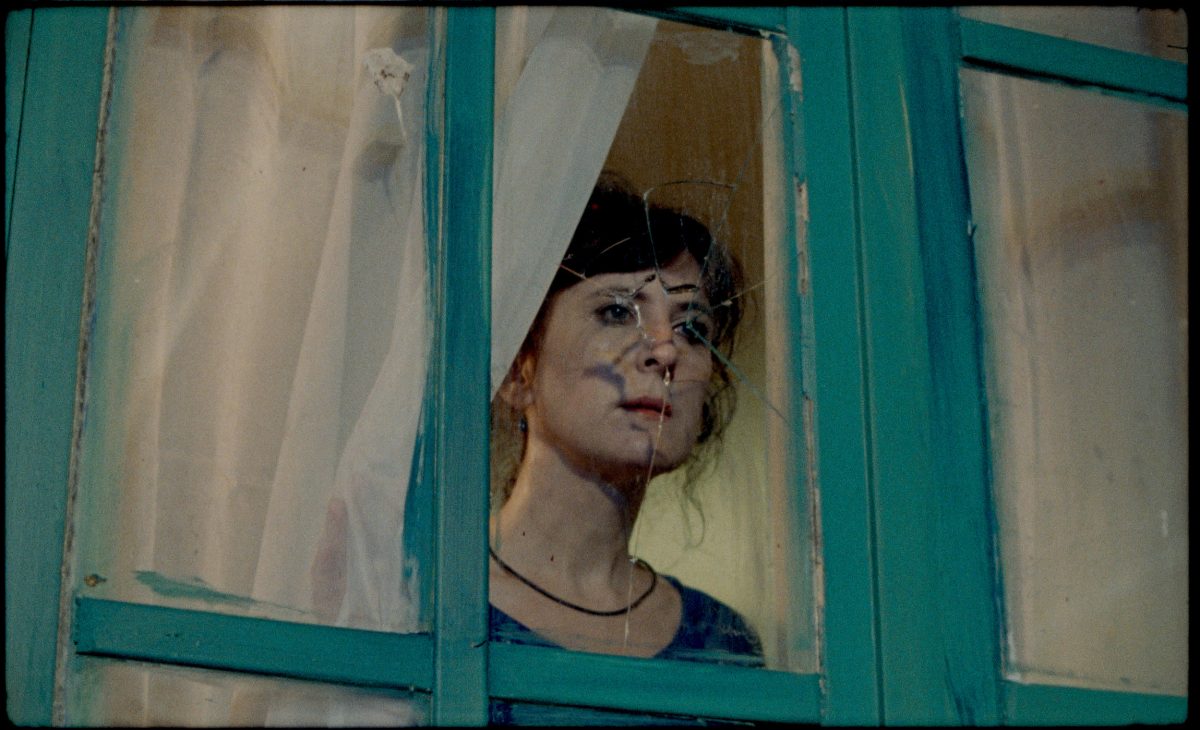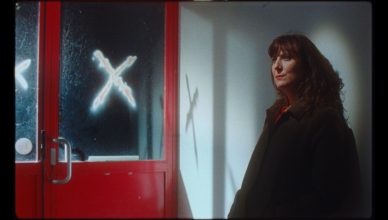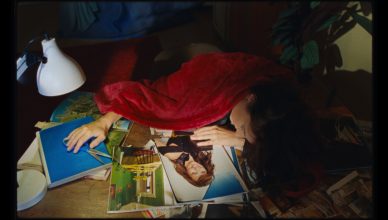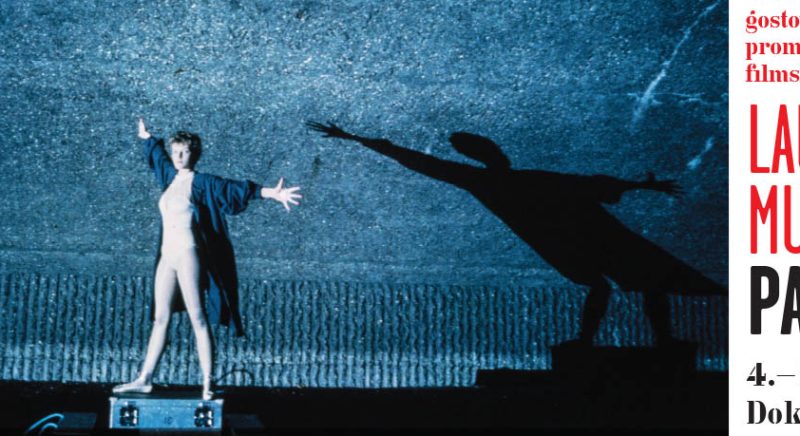
*Screening, conversation, project and book presentation with the presence of the author Camilo Restrepo
moderated by: Dina Pokrajac
Wartime. A woman shelters in her room. Memories of photos, films, paintings, and books rise to the surface, resonating with the violence outside. The evocation of these works of art inhabits her solitude and creates a space of resistance for her. Between documentary and fiction, Room of Shadows offers a new way of imaging art history.
Awards and Festivals:
FID Marseille (2024); Bogotá IFF (2024); Cali IFF (2024); RIDM
Room of Shadows is an extension of the reflections I began in my short documentary Impression of a War, in which I was interested in the emergence and circulation of different images of the Colombian armed conflict. Room of Shadows is inspired by Martha Rosler’s photomontage series “House Beautiful: Bringing the War Home”. In this series, produced from 1967 onwards, Martha Rosler combined images from different registers to question the media coverage of the Vietnam War. Like these collages, Room of Shadows is an invitation to rethink the role of images brought back from zones of conflict. In a world saturated with screens, the film also raises the question of what it means to show or not to show an image. Here, the war that threatens the protagonist is never shown.
The film takes place inside a room lit by a window, like a life-size camera into which outside light enters through an opening. A kind of camera obscura, to which the title of the film refers. The presence of war is signaled only by the sounds of screams and explosions filtering through the room’s window. An off-screen presence that often attracts the woman’s attention, who keeps returning to the window to look outside. What her gaze sees becomes clear from the thoughts she expresses out loud. We are given an impression of war through the multiple forms of the works of art the woman describes.
The fictional element of Room of Shadows aims to create an allegory of representation, bringing together a camera and an imaginary gallery in the same space. A consciousness, that of the protagonist, inhabits this space. It is thanks to her – and for her – that images exist in the room and have meaning.
The woman’s opening monologue is particularly significant because it gives keys to understanding the film. The protagonist identifies with the mythical figure of a woman she describes who gave birth to artistic representation. By drawing the outlines of her lover’s shadow on a wall, this woman kept a trace of the man gone to war. The shadow’s outline becoming the mark of its disappearance. As in the legend, the protagonist of Room of Shadows seeks to fix an image of the elusive presence of the off-screen war.
A documentary takes place in this allegorical framework. Through examples drawn from the history of art and cinema, the film weaves a journey through works that help us to understand that art represents the world as much as it questions its representations. Room of Shadows brings together works that explore the role of images as a vector for ideologies, or as a tool for emancipation. Bertolt Brecht, Paul Grimault, Paul Klee, Milan Kundera, Susan Meiselas, Martha Rosler, John Smith, Travis and Erin Wilkerson are among the artists mentioned. Their works, too, are not shown. Renouncing an ease of demonstration, the film formally follows its theme of representation. It engages the viewer in the active search for the texts, photos, paintings, and films evoked.
The film’s 10 monologues have been chosen from 26 texts that will be published by the Elías Querejeta Zine Eskola (Elias Querejeta Cinema School in San Sebastian), which has supported the project since its conception. The film and book are the result of cinema workshops I led in this film school in 2020 and 2021. Workshops where I proposed to reflect on the goals of certain images by studying examples of works of art that were created with the objective of sharpening their viewers’ gaze by questioning the context of the appearance of an image, a system of representation, or a world vision.
In addition to the artists mentioned in the film, the book references work by Francis Alÿs, Fernando Botero, Guy Debord, Forensic Architecture, Alexander Kluge y Peter Schamoni, Cristóbal León y Joaquín Cociña, Chris Marker, George Orwell, Charlotte Perkins Gilman, Sophie Ristelhueber, Deborah Stratman, Kidlat Tahimik, René Vautier, Robert Walser and Norman Wilkinson.
Camilo Restrepo
Camilo Restrepo was born in Medellín (Colombia) in 1975 and lives and works in France. After studying visual arts at the École des Beaux-Arts in Paris, he began working in film. He is a member of L’Abominable, an artist-run film laboratory. His films have been screened and awarded at prestigious film festivals such as Cannes, Toronto and New York. He has twice won the Pardino d’Argento at Locarno. His feature debut Los Conductos (2020) won the GWFF Best First Feature Award at the Berlinale. He teaches at various universities, art and film schools, including the Elías Querejeta Zine Eskola, where he developed the Room of Shadows project. His films Impressions of War (2015), La bouche (2017) and Los Conductos (2020) have been screened at previous editions of the Subversive Film Festival.




















